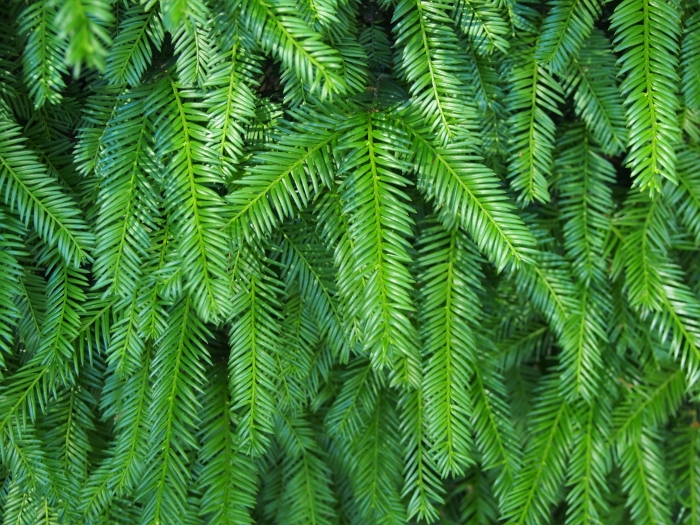Japanese Yew
(Taxus cuspidata)
Japanese Yew (Taxus cuspidata)
/
/

Agnieszka Kwiecień, Nova
CC BY-SA 4.0























































Estimated Native Range
Summary
Japanese Yew is valued for its dense, dark green foliage and ornamental red arils, making it a popular choice for hedges, foundation plantings, and topiary in gardens. It is also used in bonsai. This species is adaptable to a range of light conditions, from full sun to part shade, and prefers well-drained soils. It is drought-tolerant once established, requiring low amounts of water. However, care should be taken when planting Japanese Yew as it is potentially invasive in some regions and its roots can be aggressive. Additionally, all parts of the plant are poisonous if ingested, with the exception of the aril flesh (not the seed).CC BY-SA 4.0
Plant Description
- Plant Type: Tree, Shrub
- Height: 30-50 feet
- Width: 20-25 feet
- Growth Rate: Slow
- Flower Color: N/A
- Flowering Season: Non-Flowering
- Leaf Retention: Evergreen
Growth Requirements
- Sun: Full Sun, Part Shade
- Water: Medium, High
- Drainage: Fast, Medium
Common Uses
Bird Garden, Border Plant, Deer Resistant, Drought Tolerant, Fragrant, Hedges, Low Maintenance, Rabbit Resistant, Rock Garden, Salt Tolerant, Street Planting
Natural Habitat
The understory of cool, moist forests in Northeast Asia
Other Names
Common Names: Spreading Yew, Japanische Eibe, Japán Tiszafa, Tasso Del Giappone, Japanse Taxus, Тис Остроконечный (Tis Ostrokonechnyj), Тис Японский (Tis Yaponskij), Japansk Idegran, 东北红豆杉 (Dong Bei Hong Dou Shan), 주목
Scientific Names: , Taxus cuspidata, Taxus cuspidata f. thayerae, Taxus cuspidata f. aurescens, Taxus cuspidata var. densa, Taxus cuspidata f. densa, Taxus cuspidata f. fructu-luteo, Taxus cuspidata f. luteobaccata, Taxus cuspidata f. minima, Taxus cuspidata var. luteobaccata
GBIF Accepted Name: Taxus cuspidata Siebold & Zucc.